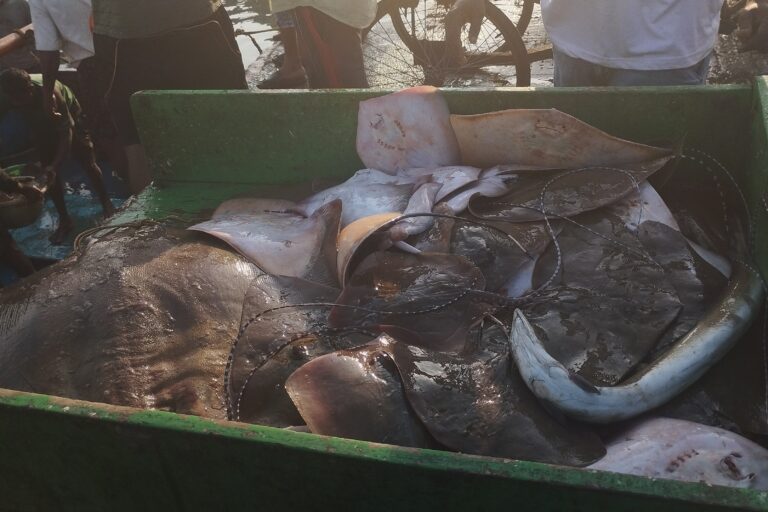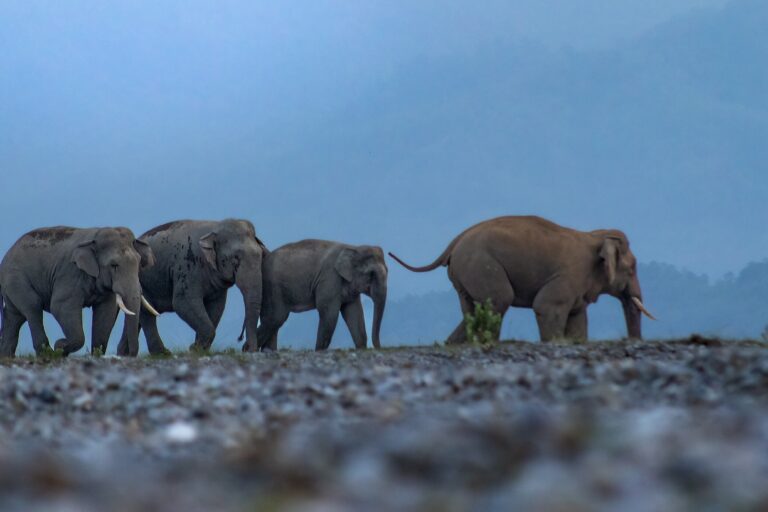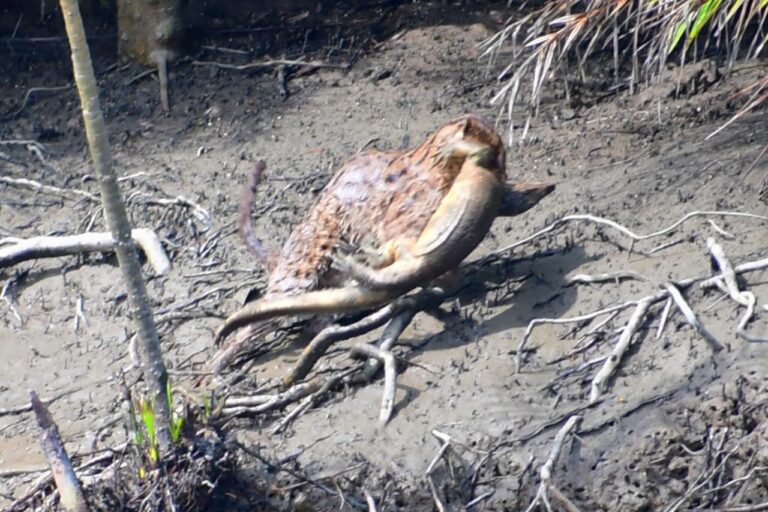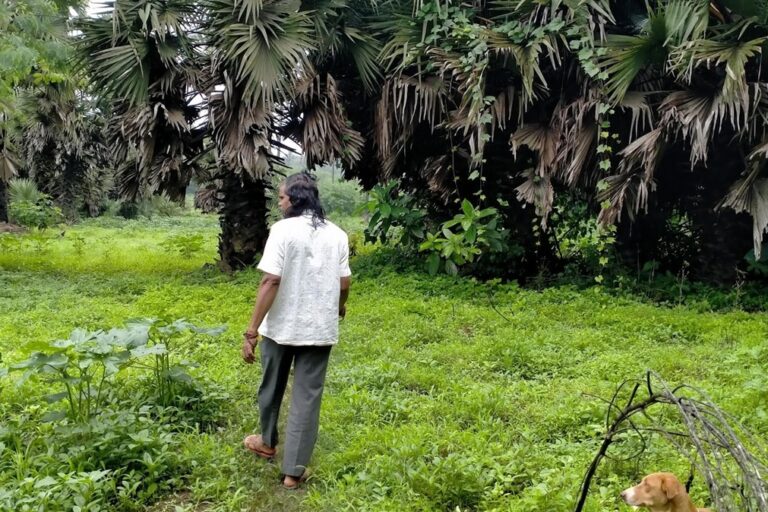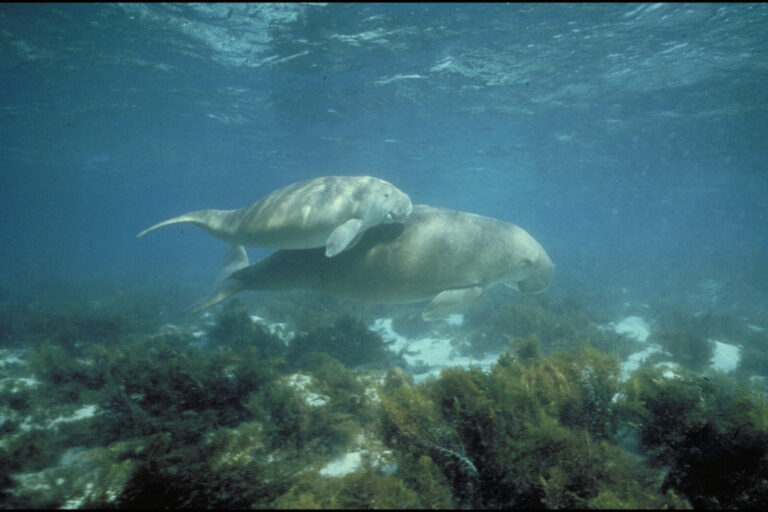- The Forest Department is attempting to manage Marine Protected Areas using the same principles, developed during colonial times to manage terrestrial protected areas.
- While a short module on marine and coastal management has been included in the syllabus of the Indian Forest Service training, shortage of funds, trained personnel and difficulty in scaling up is preventing this module from reaching all IFS personnel.
- There’s a need to infuse fresh ideas into training methods with the help of researchers and organisations working in marine spaces, write the authors of this commentary.
A glance at the map of India is enough to understand how vast and wide-ranging the country’s biophysical environment is — from alpine meadows on the Himalayan slopes to coral reefs along the ocean floors. The Ministry of Environment, Forests and Climate Change has given the Forest Department the responsibility to conserve the wildlife that inhabits these vast ecosystems. Apparently, the official policy assumes that these different ecoscapes can be governed as ‘forests’, failing to recognise the fact that each of these different ecosystems, especially marine spaces, has its own dynamics and conservation requirements. And as a result, the members of the Indian Forest Service (IFS) and their field staff posted along the Indian coasts and islands are having a hard time managing their assigned Marine Protected Areas as they have to manage space so different from the terrestrial mainland they are familiar with.
If it works on land why not at sea?
When there is no separate department trained to manage Marine Protected Areas (MPAs),
The Forest Department is attempting to manage the Marine Protected Areas (MPAs) using the same principles, developed during colonial times to manage timber harvesting in forests, to manage terrestrial protected areas. It means dividing the space into fixed zones and defining where human activities (like fishing, diving, etc.) may be allowed, and where biodiversity should remain undisturbed (no-take zones). While this policy may have been somewhat helpful on land, it is proving to be less effective at sea where biodiversity is constantly in motion, moving along with the currents. In this highly dynamic environment where everything is in flux, fixed zoning is almost meaningless. Even if such areas were to be defined, physically marking boundaries at sea would be a major obstacle. Physically defining boundaries at sea mean placing buoys or floating lines, both costly to set up and maintain, and will in all likelihood get washed away within a few years. This means that most MPAs will have ambiguous boundaries, and rules will be difficult to enforce as space within which they apply, would remain unclear.
Patrolling waters not easy
All training programs for the Indian Forest Service staff, from mazdoor (labourers) to those in senior ranks, have focused on building the skill set and knowledge required for terrestrial management. They are trained to do everything from riding horses to navigating dense forests. Swimming in open waters and tackling seasickness aren’t in the syllabus, unfortunately. So, when a set of trained IFS staff is sent to a remote island or coastal town, manage an MPA, it’s not a surprise that they are uncomfortable, especially on assignments like patrolling the sea on a boat in the choppy waters of the storm-prone areas in the Bay of Bengal. Patrolling is therefore mostly restricted to the shores surrounding the MPAs. Even when they monitor certain marine turtles, they do so only when these reptiles come onto the shores.
Senior managers are transferred frequently and since most of their postings are in forested areas on the mainland, there is a deep-set unfamiliarity with governing the seas.
Dhananjai Mohan, a senior IFS officer from Uttarakhand who has worked at the national level in forestry and wildlife training and research institutions, says, “Marine PA management is a fairly specialised area and requires many different skills. Forest managers, particularly range officers and above, are trained at national level academies where the majority of the trainees are from terrestrial areas (Indian mainland). Consequently, the syllabus is heavily skewed in favour of the terrestrial systems. Moreover, marine PA management is a relatively new area of PA management in India.”
However, since 2016, the Wildlife Institute of India has been attempting to bridge this gap by including a short module on marine and coastal management in the syllabus of the Indian Forest Service training. While this modification of the syllabus is a step in the right direction, shortage of funds, trained personnel and difficulty in scaling up is preventing this module from reaching all IFS personnel, posted across the country.
Limited infrastructural support
According to a report published in 2014, a majority of India’s MPAs are located in Andaman and Nicobar Islands and Lakshadweep, and the rest are located along the coasts and on other island systems. Access to basic infrastructure like sturdy boats, buoys and telecommunication is meager in such areas. In the Andamans for instance, the monsoon winds and choppy seas interrupt the movement of people and supplies for nearly eight months of the year. So, developing adequate infrastructure in the MPAs — setting up boundary markers, communication lines and providing medical aid — is an extremely demanding job. The limited connectivity also makes it difficult for the field staff to get access to electricity, freshwater and other essential supplies. Lakshadweep also faces similar problems. Here, communication and transportation of material to remote islands are strenuous tasks. In places where even building and maintaining infrastructure on the land itself is a struggle, it would be unrealistic to expect rapid development of supporting infrastructure at sea.
The immediate need
The growing need to protect the country’s coastlines and islands from threats such as climate change has led to the establishment of a number of protected areas along the coast and in seascapes. Multilateral treaties such as the Convention on Biological Diversity are stressing the importance of conserving the marine ecosystems and the pressure to maintain MPAs is mounting. In such a precarious situation, blaming the Forest Department for tardiness in conservation may be easy, but the need of the hour is to understand and address these institutional discomforts and aim at progressive collaborations.

As there is an increasing number of researchers and organisations working in marine spaces now, it shouldn’t be difficult to find expertise in marine conservation. Mohan adds, “In my opinion what could work in the marine systems is seeking strong support from the research community which could work in tandem with the managers. Specialised modules could be placed at marine-states’ forestry/wildlife training academies for marine PA managers by the same set of knowledgeable management-oriented researchers and experienced field managers as and when required. Once we have a larger, experienced pool of field managers, they also could contribute to such training to groom a new generation of MPA managers.”
Some island nations like Mauritius have a separate Marine Conservation Division. However, it may be a while before the Indian government has the resources to invest in a separate marine department, given the vast and more diverse ecosystems it will be responsible for. Perhaps a more practical step would be to segregate the existing Wildlife Wing into terrestrial and marine wings within the Forest Departments in coastal states. Recognising the different requirements and contexts of these two ecosystems would make it possible to usher in more flexibility in managing both, given the existing pool of resources.
The new National Wildlife Action Plan (2017-2031), in fact, recognises the fact that the set of spaces particularly vulnerable to climate change are the oceans. By formally recognising a wider range of ecosystems, it has paved the way for a reformation in the way marine and coastal spaces are governed in the near future. For instance, one of the calls to action described in the NWAP is to “strengthen the field-based capacity to promote integrated and sustainable management of coastal and marine biodiversity”, and it recommends “a project for the capacity building of officers and frontline staff of the State Forest Departments and other relevant Departments and Agencies for managing coastal and marine ecosystems.” This should ideally include the Fisheries Department because most MPAs and the waters that surround them also serve as important fishing grounds, and the jurisdictions of the Fisheries and Forest Departments often overlap. The staff of the Fisheries Department is supposed to be trained in monitoring and managing marine resources, but they too face similar challenges as that of the Forest Department. Therefore, joint capacity-building exercises, acknowledgment and resolution of conflicting policies, as well as a clear road map would help in improving marine conservation and resource management.
With these incremental improvements, it shouldn’t be too long before we stop feeling a bout of seasickness when it comes to managing conservation in marine spaces.
[The authors are researchers at Dakshin Foundation in its Island Programme].
CITATION:
Kuppusamy, S., V. Mathur, & A. Pande (2014). “Coastal and Marine Protected Areas in India: Challenges and Way Forward.” ENVIS Bulletin on Coastal and Marine Protected Areas in India: Challenges And Way Forward, Edition: 15 (2013), Chapter: Coastal And Marine Protected Areas in India: Challenges And Way Forward. Wildlife Institute of India, Dehradun. pp.50-63.
Government of India (2017). National Wildlife Action Plan (2017-2031). Ministry of Environment, Forests, and Climate Change.
Ramesh M. (2018) Conservation amidst Development in a Nonequilibrium Environment: a Study of Marine Turtles in Odisha, India. Ph D dissertation. Ashoka Trust for Research in Ecology and the Environment (ATREE) and Manipal Academy of Higher Education. http://shodhganga.inflibnet.ac.in:8080/jspui/handle/10603/220164






